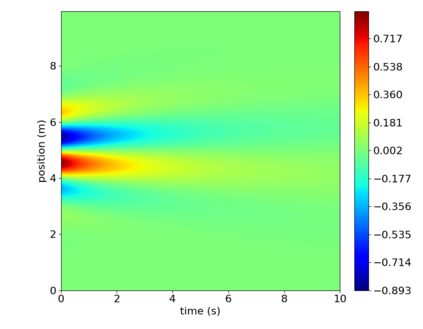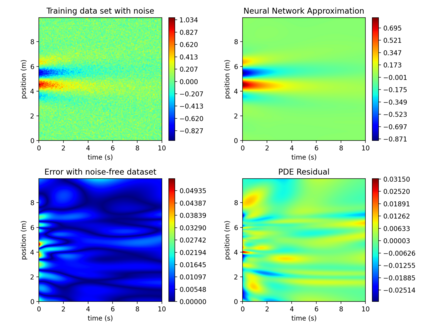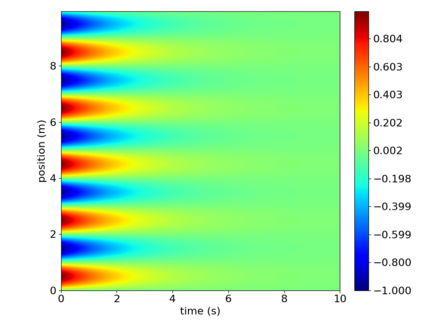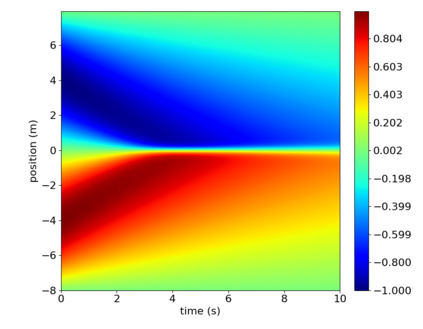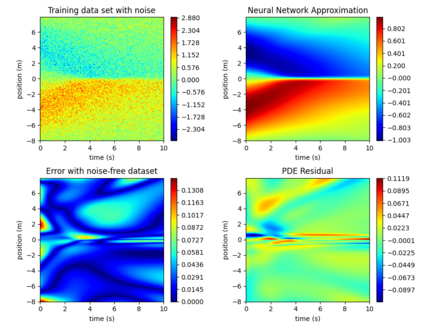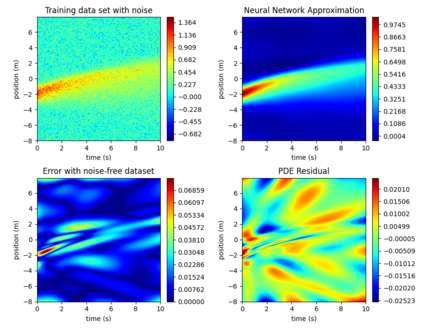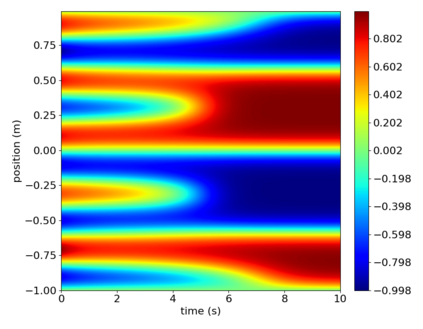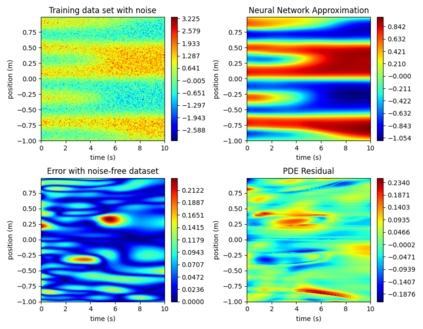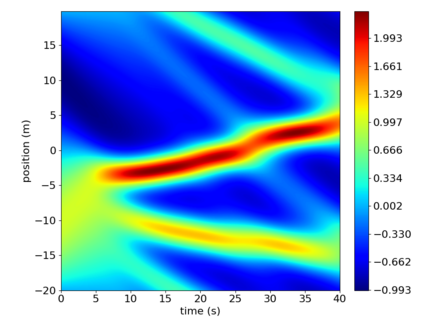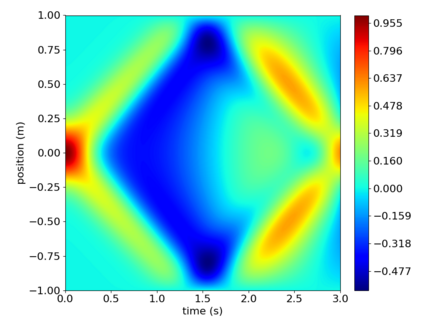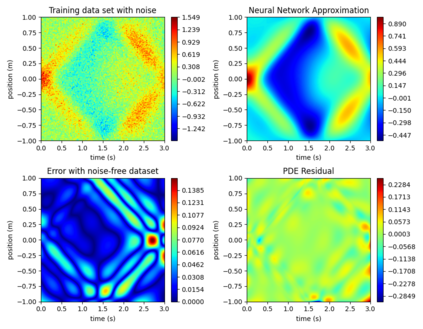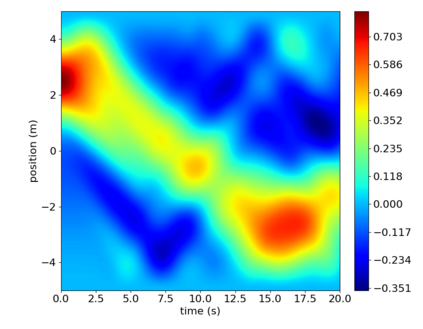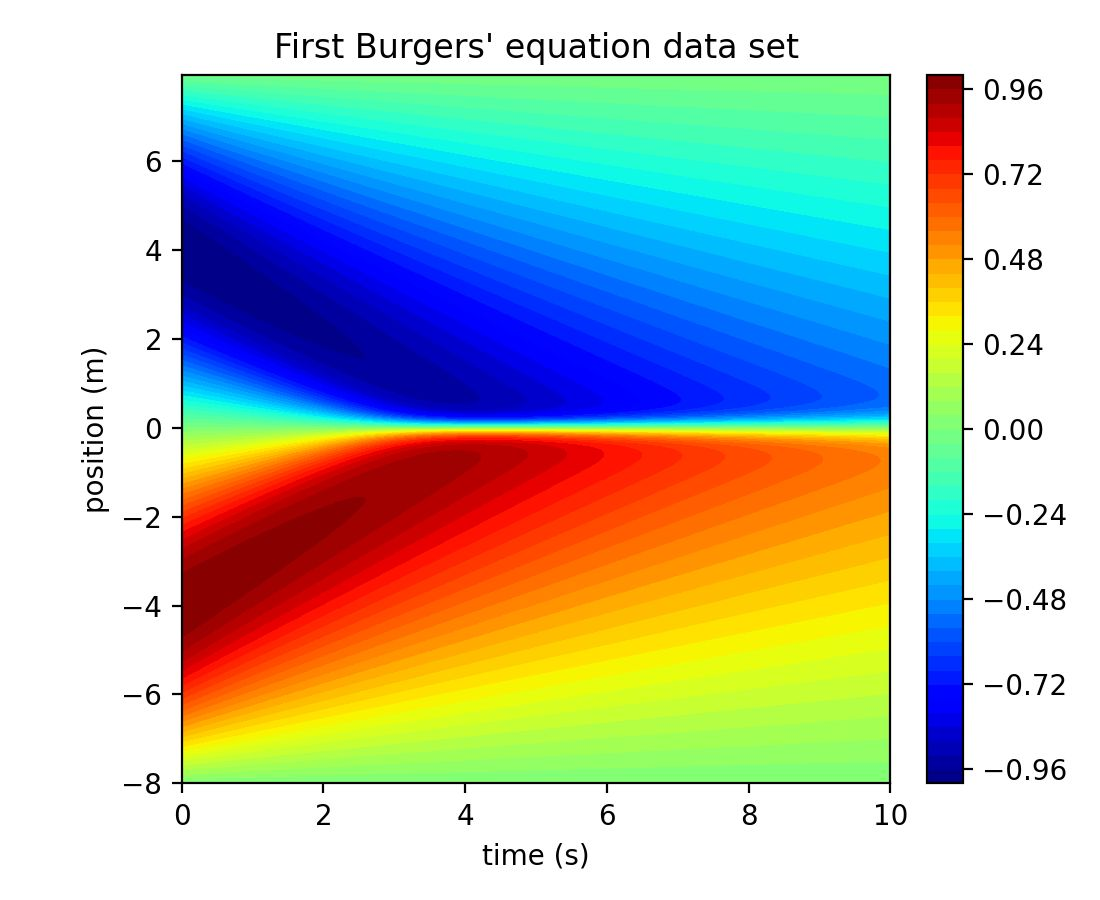PDE discovery shows promise for uncovering predictive models of complex physical systems but has difficulty when measurements are sparse and noisy. We introduce a new approach for PDE discovery that uses two Rational Neural Networks and a principled sparse regression algorithm to identify the hidden dynamics that govern a system's response. The first network learns the system response function, while the second learns a hidden PDE describing the system's evolution. We then use a parameter-free sparse regression algorithm to extract a human-readable form of the hidden PDE from the second network. We implement our approach in an open-source library called PDE-READ. Our approach successfully identifies the governing PDE in six benchmark examples. We demonstrate that our approach is robust to both sparsity and noise and it, therefore, holds promise for application to real-world observational data.
翻译:PDE发现显示发现复杂物理系统的预测模型的前景,但在测量工作分散和吵闹时有困难。我们引入了PDE发现的新方法,即使用两个理性神经网络和一条有原则的稀有回归算法来识别系统响应的隐藏动态。第一个网络学习系统响应功能,而第二个网络则学习一个隐藏的PDE来描述系统的演变。然后我们使用一个无参数的稀有回归算法来从第二个网络中提取一个隐藏的PDE的人类可读形式。我们在一个名为PDE-READ的开放源库中实施我们的方法。我们的方法在六个基准示例中成功地确定了管理 PDE的参数。我们证明我们的方法对系统宽度和噪音都非常有力,因此,我们对于真实世界的观测数据有着应用的希望。






















